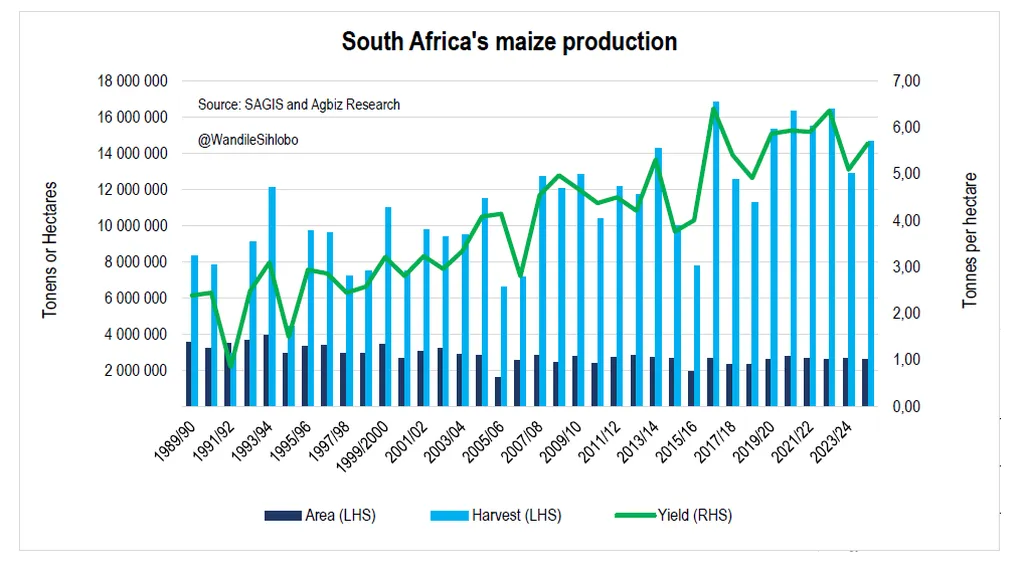In the heart of South Africa, a groundbreaking study led by Simbarashe Jombo from the Arid Region Water Research Centre at Sol Plaatje University is reshaping our understanding of maize production monitoring. The research, published in *Scientific African* (which translates to *The African Scientist*), offers a comprehensive bibliometric analysis of remote sensing applications in maize production, a crop that is a cornerstone of food systems worldwide.
Maize, a staple crop and primary source of income for many in the Global South, is crucial for food security and poverty alleviation. However, monitoring its production has been a challenge. Remote sensing technology has emerged as a powerful tool for tracking crop growth, estimating yield, and informing management practices. Yet, until now, there has been no comprehensive synthesis of how this technology has been applied specifically to maize production.
Jombo’s study addresses this gap by analyzing publications on remote sensing and maize from 1925 to 2024. The data, retrieved from the Web of Science and Scopus databases, reveals a significant increase in research output, from a single publication in 1925 to 488 in 2024, with accelerated growth after 2001. “The rapid expansion of research in this area is a testament to the potential of remote sensing in revolutionizing maize production,” Jombo notes.
However, the study also highlights a stark imbalance. The literature is heavily skewed towards the Global North, with China emerging as the most prolific contributor. In contrast, the Global South remains underrepresented, underscoring structural imbalances in research capacity and funding. “While remote sensing applications in maize production have expanded rapidly, their benefits are unevenly distributed,” Jombo explains. “Increased investments in research infrastructure, capacity building, and funding in the Global South are crucial to bridging this gap.”
The findings suggest that remote sensing technology could significantly enhance maize production monitoring, but its benefits are not yet fully realized in regions where they are most needed. This research could shape future developments in the field by promoting more equitable knowledge generation and improving the global response to food insecurity and climate change.
As we look to the future, Jombo’s work serves as a foundation for advancing scientific inquiry and shaping policy frameworks that strengthen maize production through remote sensing. The synthesis of trends, research gaps, and emerging directions presented in this study provides a roadmap for stakeholders in the agriculture and energy sectors, highlighting the potential of remote sensing to drive sustainable development and food security.
In the words of Jombo, “This research is not just about monitoring maize production; it’s about empowering communities and ensuring food security for future generations.” As we navigate the challenges of climate change and food insecurity, the insights from this study could prove invaluable in shaping a more sustainable and equitable future.

